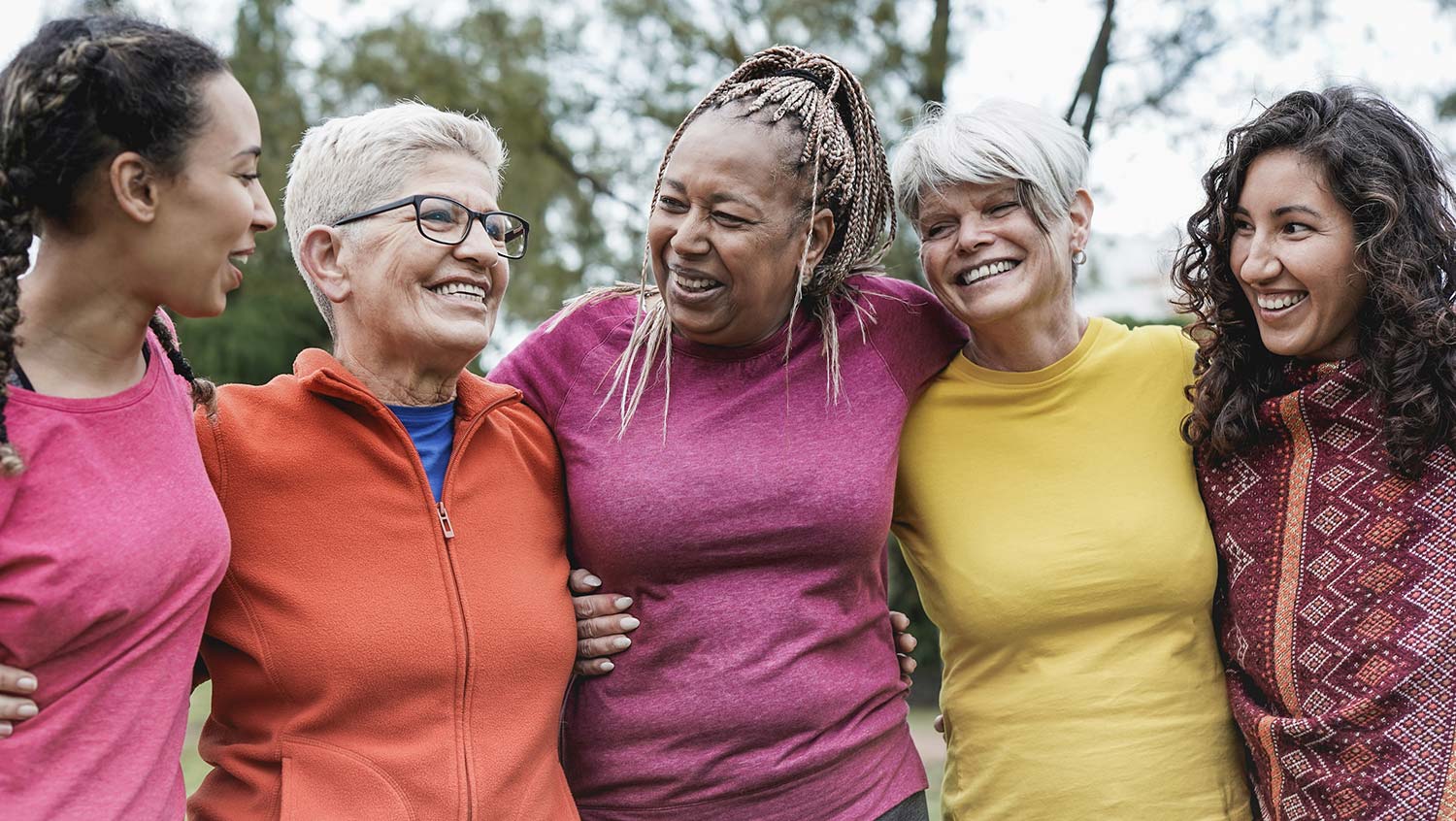This year is the 50th anniversary of Women’s Equality Day celebrating the ratification of the 19th amendment giving white women the right to vote. Over the decades, more women of color were also included in the voting process, and the holiday was first celebrated in 1971.
In the years since women were granted the right to vote, the progress toward equality in healthcare for women — particularly mental healthcare — has been on a slow incline.
In the United States alone, more than 1 in 5 women experienced a mental health condition like anxiety or depression in the past year. Some conditions, including bipolar disorder, depression, and eating disorders, are even more common in women than men.
However, on average, 7 out of every 10 women hide or downplay their mental health symptoms. And for women worldwide who give birth, as many as 1 in 5 experience some form of perinatal mood and anxiety disorder, or PMAD. Potential mental disorders for new mothers include postpartum depression, postpartum anxiety, postpartum obsessive compulsive disorder, postpartum bipolar disorder, and postpartum psychosis.
Do Mental Health Disparities Exist in the U.S.?
Historically, women have always faced a harder time seeking mental healthcare — and being believed, too.
As early as 1900 BC, women have been described as suffering from “hysteria” or a wandering uterus. The medical assumption was that the female reproductive organs prevented the proper functioning of the other organs, making women more emotional.

Jump forward to the 13th century, and not much has changed for women’s mental health. Many who were persecuted as witches in Salem and around the country were often mentally ill or disobedient women. Witch hunts went on for centuries across the United States and cost approximately 10,000 women their lives.
Today, women are often not believed about their physical or mental health symptoms. The struggle to get doctors — especially male doctors — to believe women about their endometriosis pains, heart attack symptoms, or heightened anxiety is an ongoing problem nationwide.
Women often face even more hurdles than men in receiving mental healthcare. They have less representation in the field, typically earn less than their male counterparts, and have less ability to take time off from work or child care. Many women also cite the lack of awareness of mental health services available in their areas and the stigma surrounding mental healthcare as barriers to treatment.
While more women are willing to seek help than men, men are often more open to disclosing mental health issues like alcohol issues or violent trauma to their therapist. Women are constantly encouraged to put up a strong front for their friends and family, acting as a therapist, nutritionist, housekeeper, organizer, taxi driver, and so much more.
Contact Us Today
When it comes to mental health, no one can fight an uphill battle alone. If you’re a woman struggling with depression, anxiety, or any mood disorder, we’re here to help.
Contact us today to set up an appointment, and help stop the stigma of women being “too strong” to need help.

